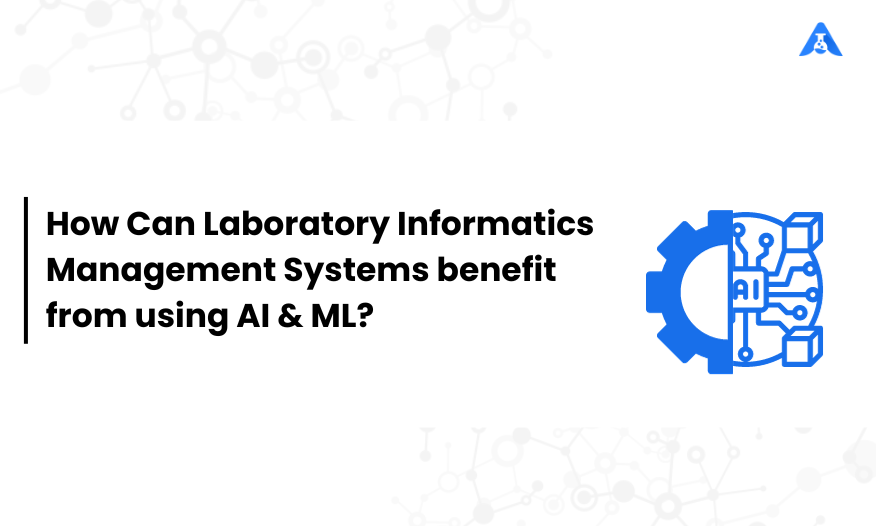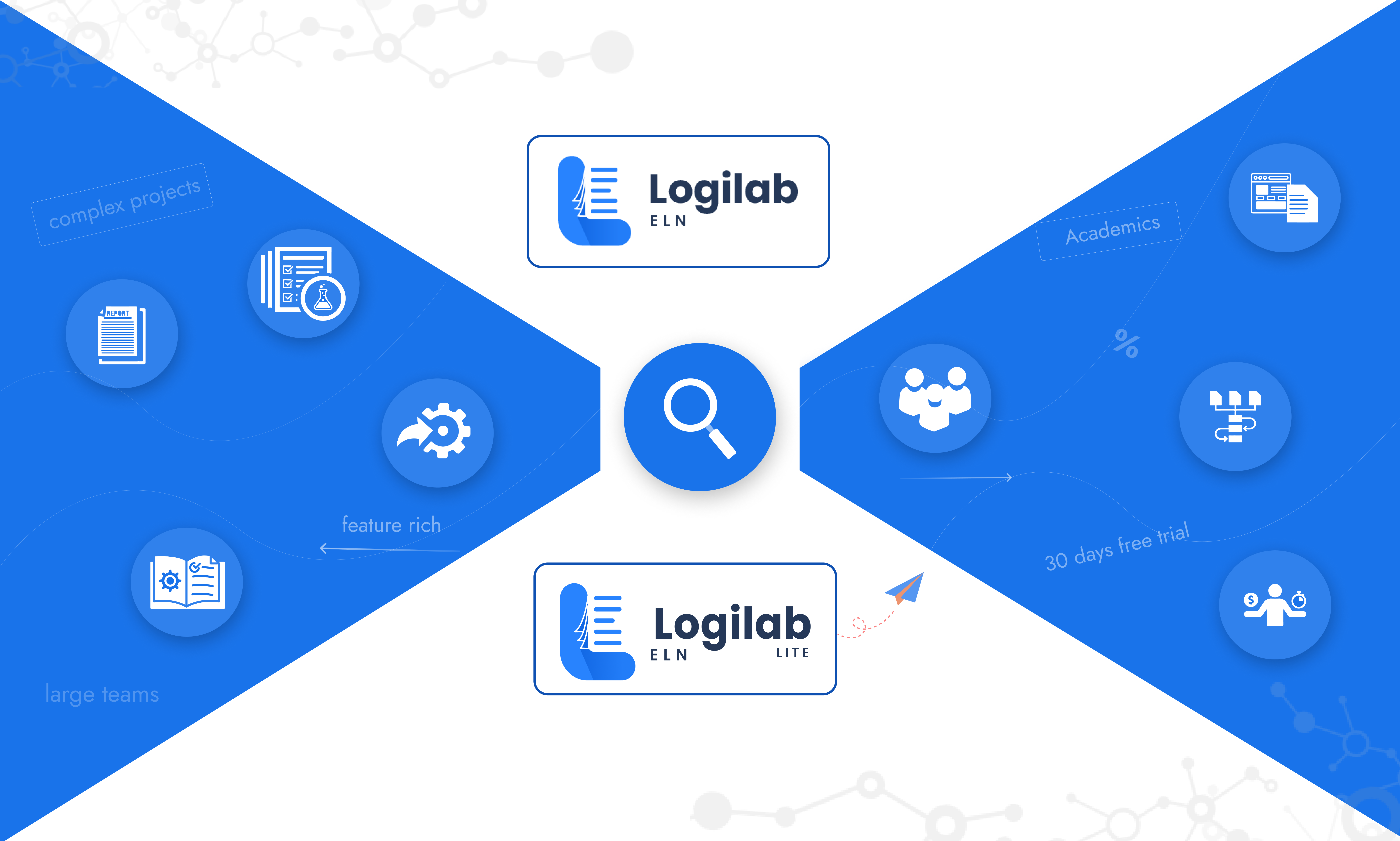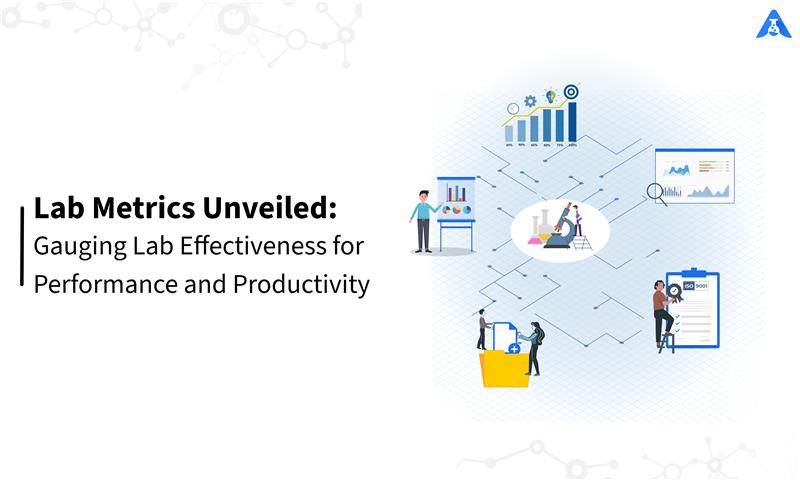In today’s dynamic world of scientific research and laboratory processes, staying ahead of the curve is crucial. As technology continues to advance, so does the need for efficient & effective management of laboratory operations. Today, most laboratories have shifted from using traditional paper-based systems to lab informatics solutions such as Laboratory Information Management Systems (LIMS), Electronic Lab Notebooks (ELN) & Scientific Data Management Systems (SDMS), to manage day to day lab processes while maintaining data integrity & compliances with a multitude of regulatory requirements. However, the current reality for many companies is that laboratory data is stored and managed using multiple disparate systems.
Laboratory informatics management systems play a vital role in ensuring smooth data management, workflow optimization, and accurate analysis. However, with the rapid influx of data and the increasing complexity of experiments, traditional approaches to Laboratory informatics management systems are facing limitations. That’s where the power of artificial intelligence (AI) comes into play. By harnessing the capabilities of AI, Laboratory informatics management systems can unlock a host of benefits, revolutionizing the way Laboratories operate. In today’s post, we will explore the exciting possibilities that AI brings to Laboratory informatics and discuss the myriad ways it can enhance efficiency, accuracy, and innovation in scientific research.
A Laboratory from the future
AI and ML have the potential to revolutionize the way labs of the future carry out their day-to-day tasks. In a laboratory in the not-so-distant future, instead of traditionally typing out commands and selecting options through drop downs, the laboratory will simply allow you to simply request what you need verbally. Commands like “Show me a list of experiments that require my approval”, and “log sample type blood, from clinic ABC”, should significantly reduce the time frame for conducting day to day lab tasks.
With advanced natural language processing and machine learning algorithms, laboratory personnel can interact with AI-powered systems using voice instructions, streamlining processes. This is one of the simplest and most useful applications of AI.
Other Applications of AI in the laboratory
Artificial intelligence (AI) and machine learning (ML) techniques can be effectively employed in studies to identify crucial study attributes based on historical datasets. By leveraging AI and ML algorithms which analyse data, it can help with the following kinds of analysis:
- Descriptive analytics of what happened.
- Predictive analytics of what will happen.
- Prescriptive analytics on what you should do
These inherent capabilities of AI give rise to a wide range of practical applications in day-to-day lab activities such as:
- Review & Approval –
AI presents opportunities for automating the review and approval process in QA/QC labs. Typically, all results undergo a thorough review and approval before they are released to the information consumer, which is a standard practice in such laboratories. Some Laboratory Informatics Management systems adopt a ‘by exception’ approach, where only test results marked as ‘Warn’ or ‘Fail’ require manual review by lab personnel. The ‘by exception’ method necessitates the creation of rules templates to handle specific sample types and tests.
By integrating AI into the review and approval process, manual rule setup is eliminated. An Intelligent Laboratory Informatics Management system utilizes historical data to autonomously learn and adapt review and approval rules. This advanced AI capability allows lab teams to focus on other tasks while the Intelligent Laboratory Informatics Management systems automatically reviews and approves results.
- Reducing number of tests conducted on samples –
Skip-lot testing is a time and cost-saving sampling technique that reduces the number of tests on certain samples. It still depends on manually defined rules on specification limits, and whether the results are within the limits or out of specification.
By introducing AI into skip-lot testing, the need for manual rule setup is eliminated. An AI-driven analytics platform can utilize historical data, including data from other organizations, to autonomously generate rules. This relieves the team from the manual creation of parameters and rules. With relevant data, an Intelligent Laboratory Informatics Management system can predict potential test failures before test execution by identifying patterns in historical data.
- Predictive Maintenance –
Predicting maintenance needs rather than reacting to equipment failures offers significant value to organisations. By anticipating when an instrument is likely to fail, proactive actions can be taken to counteract or mitigate the issue. This may involve accelerating maintenance schedules to prevent instrument failure or serving as an early warning system for future equipment replacement, to minimise instrument downtime. AI and ML can optimise scheduling and utilisation rates.
Apart from this, AI and ML can be instrumental in monitoring audit trails and upholding data integrity in real time. ML algorithms can swiftly identify any abnormal or unexpected actions and result trends that could signify data integrity concerns. By promptly notifying managers about these anomalies, AI systems aid in mitigating the risks associated with data integrity breaches.
Additionally, the AI system can interact with the corporate training platform to deliver targeted data integrity training to relevant teams when needed. This comprehensive approach ensures the maintenance of data integrity standards within the organization.
- Predicting Consumption –
Enhancing procurement accuracy has emerged as a critical focus for laboratories and organizations concerned about potential disruptions in services or manufacturing processes.
Most Laboratory solutions already track the consumption of daily lab consumables like samples & re agents, operating using on pre-defined user-based rules for expiry dates and reorder levels. By utilising AI to analyse historical data on consumables consumption, we can inform the AI itself to create these pre-defined rules, based on actual usage.
An AI-enhanced Laboratory Informatics Management system goes beyond traditional approaches. If a given consumable is not available to be used in an experiment, the AI may even suggest you use an alternative which is available in the lab instead of placing a new order and waiting for a supply chain issue to resolve.
To conclude
In conclusion, the integration of artificial intelligence (AI) and machine learning (ML) technologies into laboratory informatics systems presents a transformative opportunity for the scientific research and laboratory landscape. The advancements in AI have the potential to re imagine day-to-day lab tasks, enabling voice-based commands and streamlining processes for increased efficiency. Pharmaceutical industries have already embraced the future vision with AI known as Pharma 4.0 – characterised by intelligent production workflows, adaptable value chains, and dynamic process optimization in real-time.
Citations
- LabVantage. (2022, July 11) “What are Some Uses for AI in a Lab?” Retrieved from [https://www.labvantage.com/what-are-some-uses-for-ai-in-a-lab/]
- SciMCon. (2021, April 16) “The Role of AI and ML in the Future of Lab Informatics” Retrieved from [https://scimcon.com/2021/04/16/the-role-of-ai-and-ml-in-the-future-of-lab-informatics/]
- Thermo Fisher Scientific. (M.H.) (2022, April 5) How Laboratory Informatics Solutions are Easing the Path to Pharma 4.0. Retrieved from. https://www.thermofisher.com/blog/connectedlab/how-laboratory-informatics-solutions-are-easing-the-path-to-pharma-4-0





